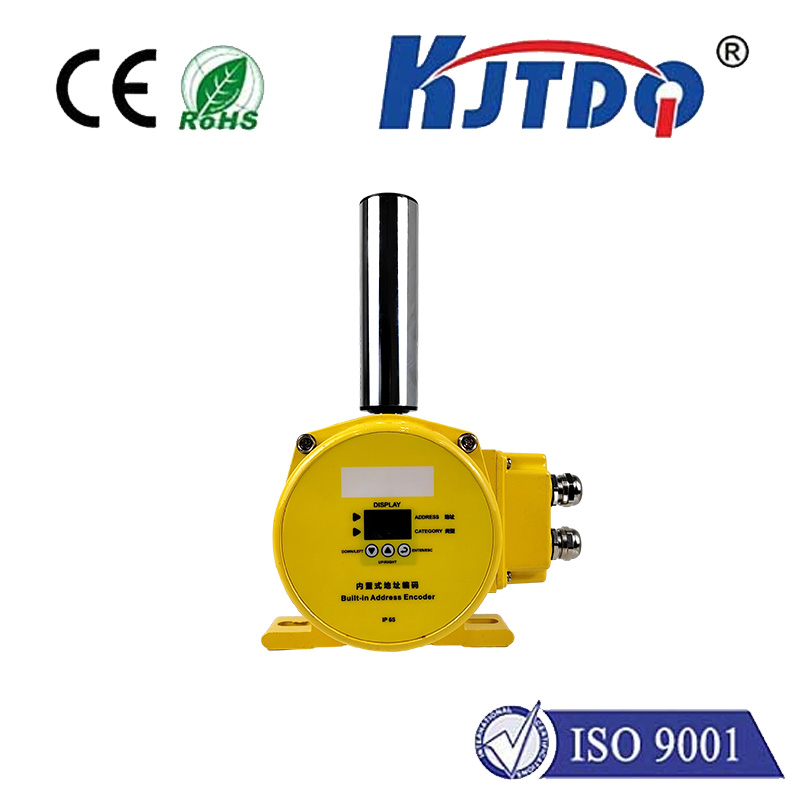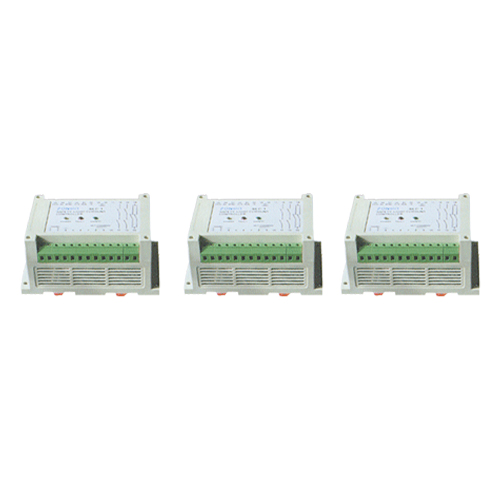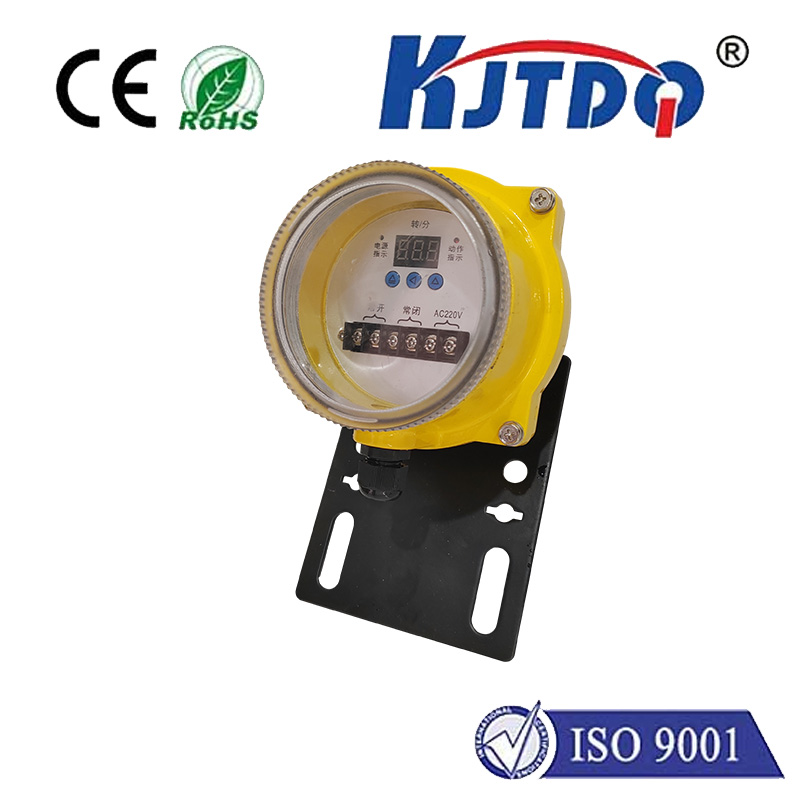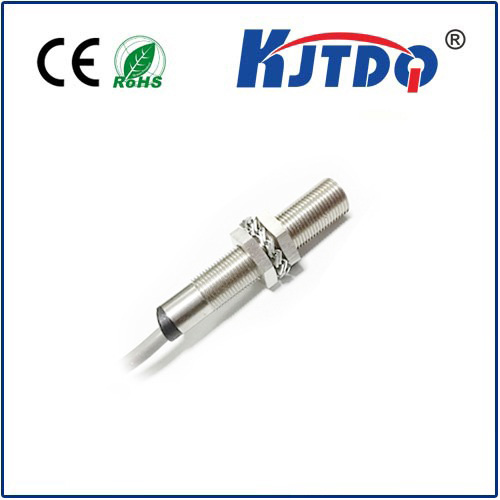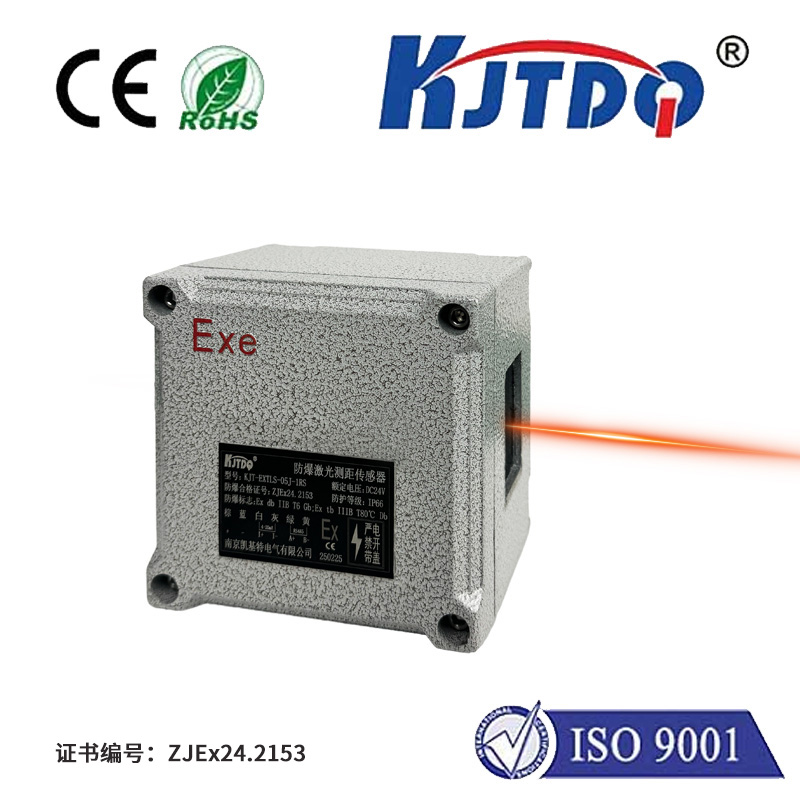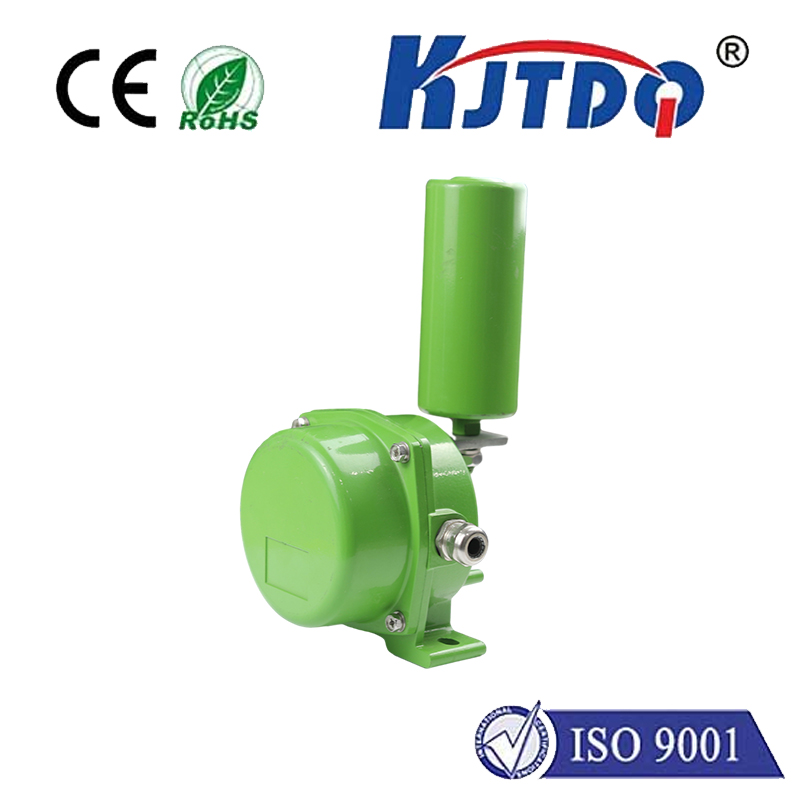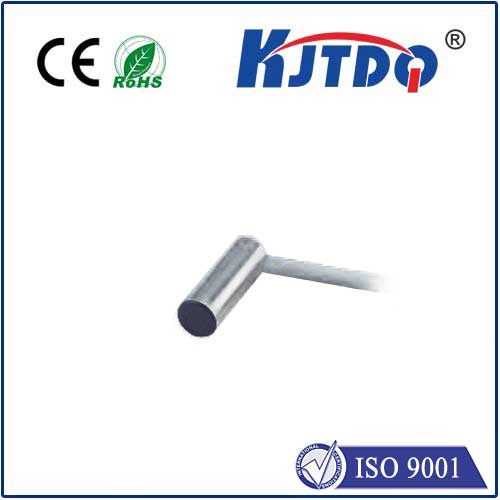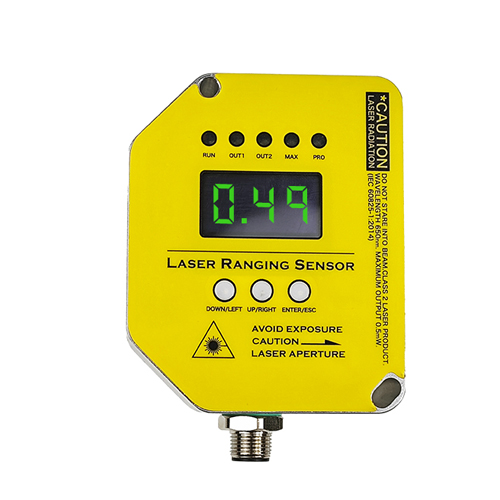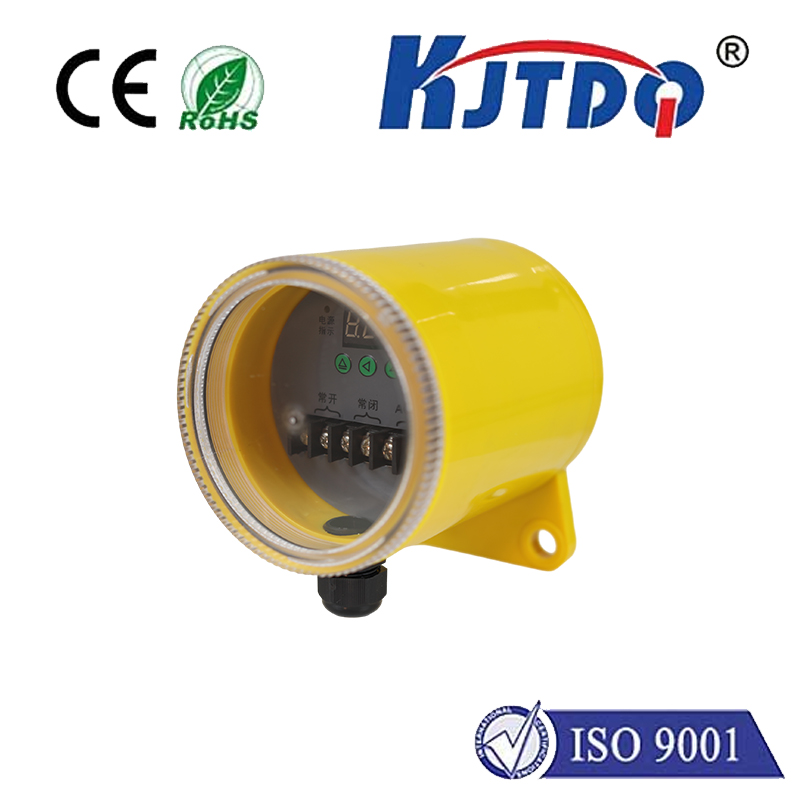panasonic proximity sensor
- time:2025-07-03 03:25:00
- Нажмите:0
Unlock Precision Automation: The Power of Panasonic Proximity Sensors
Imagine a highly efficient factory assembly line. Components glide into place with uncanny accuracy, robots perform intricate tasks flawlessly, and safety barriers react instantly when a presence is detected – all without physical contact. This isn’t science fiction; it’s the reality powered by the invisible eyes of industrial automation: Proximity Sensors. And when it comes to unmatched reliability, precision, and innovation in this critical field, Panasonic stands as a global leader. Panasonic Proximity Sensors are engineered to provide the dependable, contactless detection essential for modern manufacturing, packaging, automotive, and countless other demanding applications.
Demystifying the core function: Proximity sensors detect the presence or absence of a target object within their sensing range without any physical contact. They achieve this through electromagnetic fields, light beams, or ultrasonic waves. This contactless nature is crucial, eliminating wear and tear, ensuring silent operation, and enabling detection of objects that might be fragile, hot, oily, or otherwise unsuitable for physical switches. Panasonic excels in developing these vital components, offering a diverse portfolio to meet virtually any detection challenge.
Delving into the Panasonic portfolio reveals distinct technologies tailored for specific needs:

- Inductive Sensors: The undisputed workhorses. These detect metallic objects (steel, aluminum, brass, etc.) using an electromagnetic field. When a metal target enters this field, it induces eddy currents, altering the field and triggering the sensor’s output. Panasonic inductive sensors are renowned for their robust construction, immunity to environmental contaminants like dust, oil, and water (many rated IP67, IP69K), and exceptional resistance to electrical noise. They are the go-to solution for detecting metal parts on conveyor belts, confirming cylinder positions, or counting metallic components with high speed and reliability.
- Capacitive Sensors: These versatile sensors detect virtually any material – metal, plastic, glass, wood, liquids, powders, and even biological substances. They operate by measuring changes in capacitance between the sensor’s surface and a target. Panasonic capacitive sensors offer critical advantages in applications where non-metallic object detection is essential, such as monitoring liquid levels in non-conductive tanks, detecting filled bags of powder, or verifying the presence of plastic bottles or cardboard boxes on a production line.
- Ultrasonic Sensors: Using high-frequency sound waves, these sensors excel at distance measurement and detecting objects regardless of material, color, or transparency. They are particularly effective in environments with airborne dust or steam, where photoelectric sensors might struggle. Panasonic ultrasonic sensors provide reliable solutions for tasks like stack height control, liquid level sensing in challenging tanks, loop control, and detecting irregularly shaped or textured objects, even in adverse conditions.
What sets Panasonic Proximity Sensors apart in a competitive market? Several key differentiators drive their widespread adoption:
- Uncompromising Reliability & Longevity: Panasonic designs its sensors for the rigors of industrial environments. Components undergo stringent quality control, and robust housings protect against shock, vibration, and harsh chemicals. This translates directly to minimized downtime and lower total cost of ownership, a critical factor for any production facility.
- Exceptional Precision & Stability: Achieving consistent detection at the micron level requires sophisticated engineering. Panasonic sensors deliver high repeatability and minimal drift over time, even with temperature fluctuations. This precision is non-negotiable for high-speed assembly, robotics, and quality-critical processes.
- Innovative Features: Panasonic continuously pushes boundaries. Expect features like:
- IO-Link capability for enhanced diagnostics, parameter adjustment, and process data extraction, enabling Industry 4.0 integration.
- Extra-long sensing ranges that provide design flexibility.
- Compact, space-saving designs (like their renowned Cylindrical Miniature range) for installation in tight areas.
- Advanced diagnostics like operation indicators or short-circuit protection to simplify troubleshooting.
- World-Class EMC Performance: Electrical noise can wreak havoc on sensor signals. Panasonic sensors exhibit outstanding electromagnetic compatibility, ensuring stable operation even when surrounded by motors, VFDs, or welding equipment.
- Global Support & Availability: Backed by Panasonic’s extensive global infrastructure, users benefit from reliable supply chains and readily available technical support.
The applications for Panasonic Proximity Sensors are virtually limitless within the industrial sphere:
- Factory Automation: Detecting part presence/absence on conveyors, confirming machine positions (end-of-stroke), robotic arm guidance, tool breakage detection, and assembly verification. They are fundamental building blocks of automated lines.
- Packaging Machinery: Verifying filled bottles/cans, detecting lids or caps, controlling film or label feed, and confirming case or carton formation. Capacitive sensors are invaluable here for detecting non-metallic packaging materials.
- Automotive Manufacturing: Ensuring precise component positioning for welding, assembly verification, fluid level monitoring in reservoirs, and safety guarding. The demanding environment necessitates Panasonic’s robustness.
- Перевозка материалов: Object counting, stack height monitoring, pallet detection, and warehouse automation guidance systems.
- Food & Beverage Production: Detecting containers (glass, plastic), liquid level control in tanks, verifying presence of labels or caps, and monitoring filling processes – often requiring washdown-rated sensors (IP69K).
- Semiconductor Manufacturing: Precision positioning and detection in cleanroom environments where sensitivity and reliability are paramount.
Selecting the right Panasonic sensor requires careful consideration:
- Target Material: Metal? Non-metal? Liquid? Powder? This dictates inductive vs. capacitive vs. ultrasonic.
- Required Sensing Distance: How far away does the object need to be detected?
- Operating Environment: Temperature extremes? Exposure to water, oils, chemicals, or dust? Vibration levels? This determines the needed housing material and IP rating.
- Output Type Needed: Digital (NPN, PNP)? Analog? IO-Link? Relay?
- Physical Size & Mounting Constraints: Is space limited? What mounting style is required (flush, non-flush, threaded barrel, block-style)? Panasonic offers extensive form factors.
- Special Features: Does the application require IO-Link, extra-long range, high-speed response, or specific diagnostics?
Consulting Panasonic’s comprehensive catalogs and technical support resources is highly recommended to navigate these choices effectively. Implementing the optimal sensor ensures seamless integration and maximizes performance.
In the intricate dance of modern automation, accuracy, reliability, and speed are paramount. Panasonic Proximity Sensors provide the essential sensory feedback that makes sophisticated, efficient, and safe industrial processes possible. Their unwavering commitment to quality engineering, continuous innovation, and deep understanding of industrial challenges makes Panasonic a trusted partner for engineers seeking robust, high-performing contactless detection solutions. Whether ensuring a robot grips a component perfectly, verifying a critical part is in place before a weld, or safeguarding personnel, these sensors deliver the critical intelligence needed to drive productivity and quality forward.

